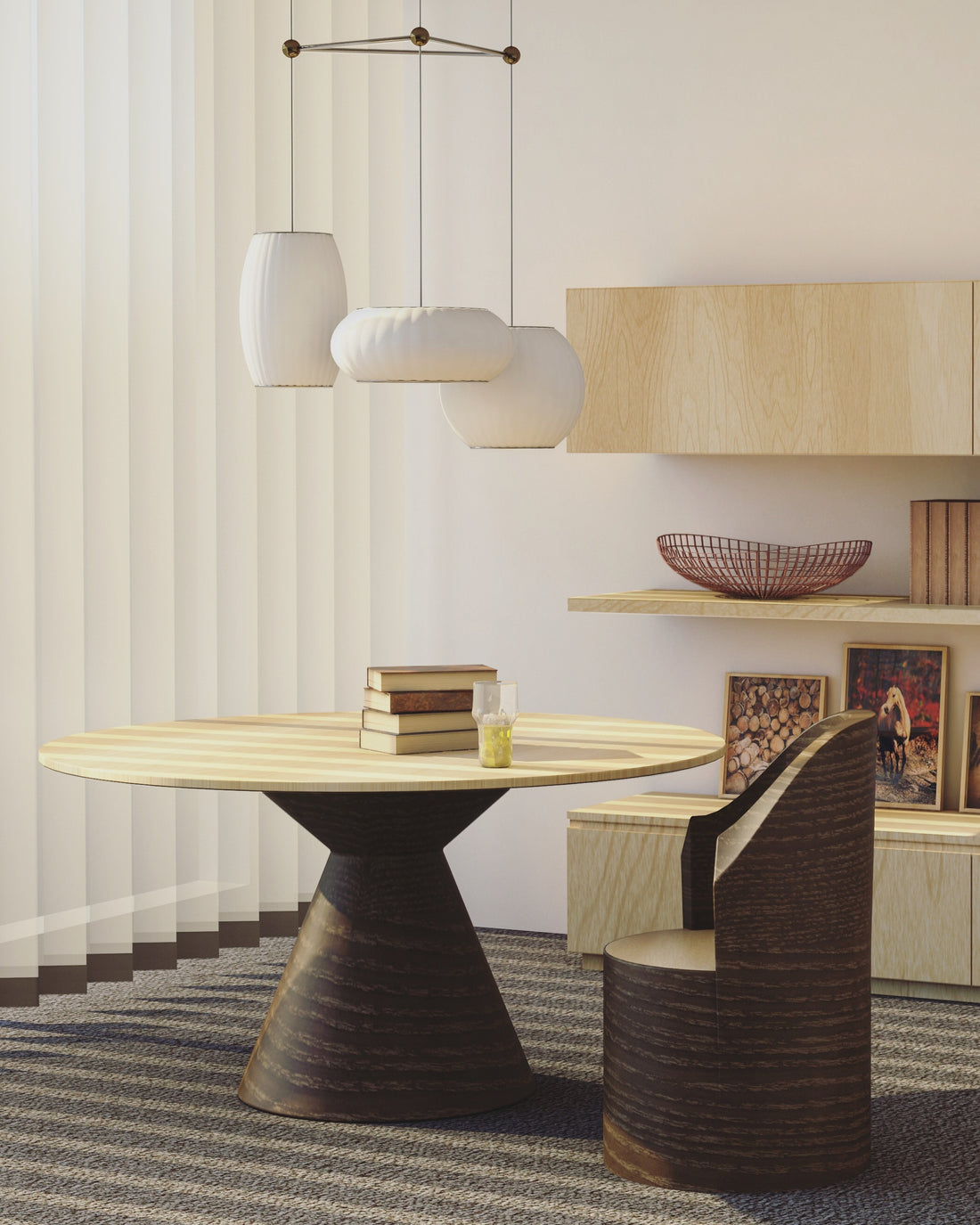
Top Interior Design Do's and Don'ts for Novices
Share
So you've decided to finally tackle that home redesign you've been dreaming about. While the options out there can feel endless and overwhelming, don't worry - we've got you covered. We're breaking down the top 10 interior design do's and don'ts for beginners so you can make your space stylish without the stress. From choosing a cohesive colour palette to determining proper lighting, these tips will help ensure your DIY reno is a success. Best of all, you don't need a big budget or professional experience to make a huge impact. With a little guidance and confidence in your design decisions, your home will be transformed into a space you're excited to share with friends in no time. Ready to dive in? Here we go!
Do: Choose a Cohesive Colour Palette and Stick to It
If you want an interior that flows and feels professionally designed, stick to a consistent colour palette. Choose 2-4 main colours that you love and use them throughout the space. For example, in a living room, select colours for the walls, couch, accent chairs, pillows, rugs and décor.
In a bedroom, choose colours for the walls, bedding, window treatments, nightstands, lamps, art, etc. Having a cohesive palette makes a huge impact and prevents a hodgepodge look. You could choose to focus on either warm colours (reds, oranges, yellows) or cool colours (blues, greens, purples). Don’t mix the two.
For beginners, choose complementary colours (opposite each other on the colour wheel) or analogous colours (next to each other). They naturally work well together. Start with a neutral base like white or grey walls and add colour through furnishings and accents. Easier to change up if you want to redesign! Look for inspiration from colour palettes on Pinterest or home décor websites. Pick out swatches you love and combine them. Include different shades, tints and tones of your chosen colours for depth. Throw in some patterns for extra interest.
Sticking to a cohesive colour palette is one of the simplest but most powerful things you can do to make a space look professionally styled. Your room will go from chaotic to cozy in no time when you choose a colour theme and run with it!

Don't: Forget About Natural Light
When it comes to interior design, lighting is key. Both natural and artificial light can make or break a space. Open your blinds and curtains to let in as much natural light as possible. Place seating areas, desks, and other spots where you spend a lot of time near windows. Natural light brightens rooms, boosts your mood and productivity.
Don't: Overlook Artificial Lighting Either
While natural light is best, you'll need artificial lighting for night-time and in rooms without windows. Layer ambient, task, and accent lighting for the most pleasant and useful effects.
Ambient lighting, like overhead lights or floor and table lamps, provides general illumination. Task lighting, such as desk lamps or under-cabinet lights in kitchens, gives brighter light for specific purposes. Accent lighting, things like recessed or track lighting, highlights architectural details or other design features in the space.
- Don't use too many competing light sources in one room.
- Don't have a single overhead fixture as your only source of light.
- Do consider the colour temperature of bulbs. Warm, soft white (around 2700K) works well for most residential spaces.
- Do invest in dimmers so you can control the level and mood of the lighting.
Thoughtful lighting, both natural and artificial, brings life to your space and makes it truly shine. Pay attention to how you use lighting for maximum effect, and your interior design will glow.

Do: Layer Textures and Patterns for Visual Interest
Adding layers of textures and patterns is one of the easiest ways to create visual interest in your space. Mixing and matching creates depth, contrast and a sense of liveliness. Use a combination of soft and coarse textures. A combination of soft, plush textures paired with coarser, rougher ones adds nice contrast. Think velvet pillows with a jute rug, or a chunky knit throw on a sleek leather sofa. Don't be afraid to combine textures in unexpected ways.
Repeat Patterns in Different Scales. Choose two or three patterns with a common colour or motif and use them in different scales. For example, combine a large scale ikat print on your curtains with a medium scale ikat toss pillow and a small scale ikat vase. The repetition ties it all together while the varying scales keep it interesting.
Mix Geometric and Organic Shapes. Pairing geometric patterns like stripes, diamonds or triangles with more organic, free-form patterns helps create a dynamic, eclectic space. A geometric trellis print area rug under an ornate, winding metal table base is a great example.
Use Accent Pieces. If mixing and matching patterns intimidates you, start small with accent pieces. A patterned pillow, vase or tray is an easy way to introduce another layer of texture without overwhelming the space. An example is the zebra skin pillow. That goes quite the long way in impressing anyone. You can always build from there as you get comfortable. The key is not to be afraid to experiment. Start with pieces you already own and try rearranging them in new ways. Move things around and see how different pieces look together. You may discover some unexpected but fantastic partnerships. Step out of your comfort zone - you can always change it if you don't like it. The more you practise, the more your confidence in mixing and matching will grow.

Now that you have tips on this crash course in interior design for newbies, it's time to roll up your sleeves and get to work transforming your space. Start with the do's - focus on lighting, decluttering, and choosing a cohesive style you love. Then move onto the don'ts - avoid overcrowding rooms, disregarding natural light, and making pieces work that just don't match.
If you get stuck, don't be afraid to ask a design-savvy friend for input. But remember, there's no "right" way to decorate your home. Stay true to your personal style and have fun with it! The more you practise, the more your confidence will grow. Before you know it, you'll be the one doling out decorating advice and inspiring others with your amazing design skills. So grab some paint samples, browse Pinterest boards, and make your space your own. You've got this, novice designer! Now go let your creativity run wild.
